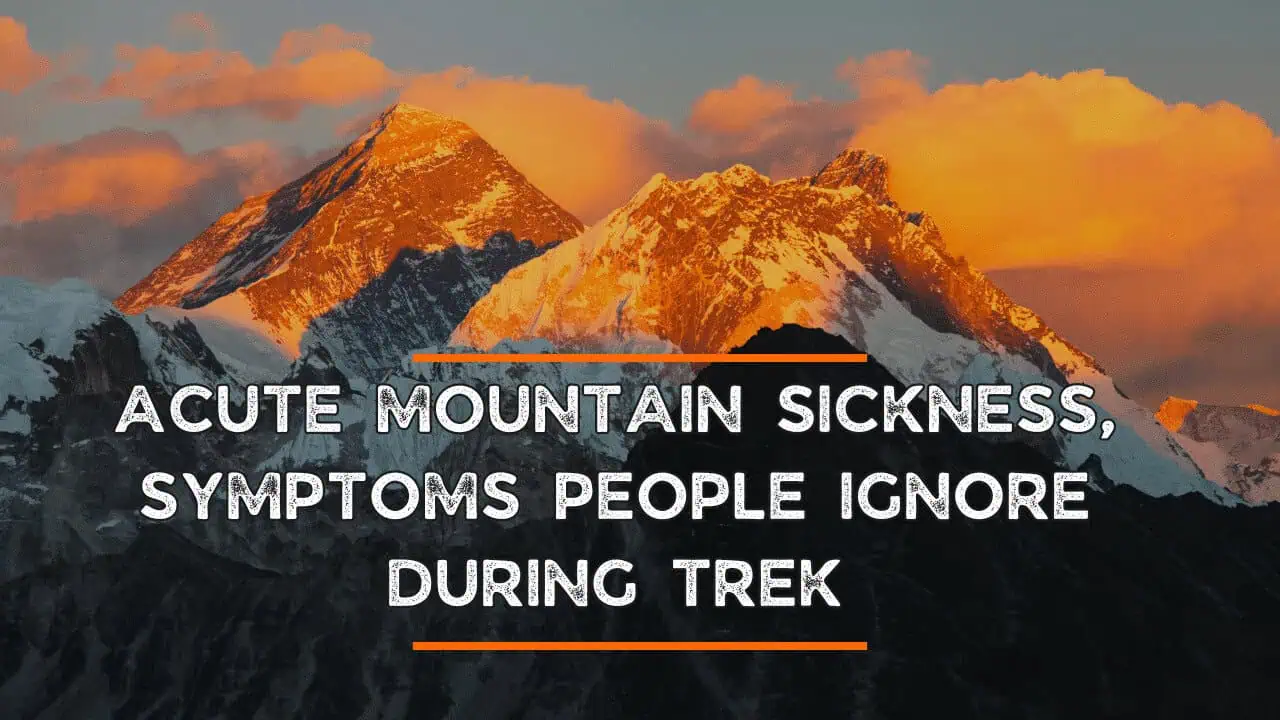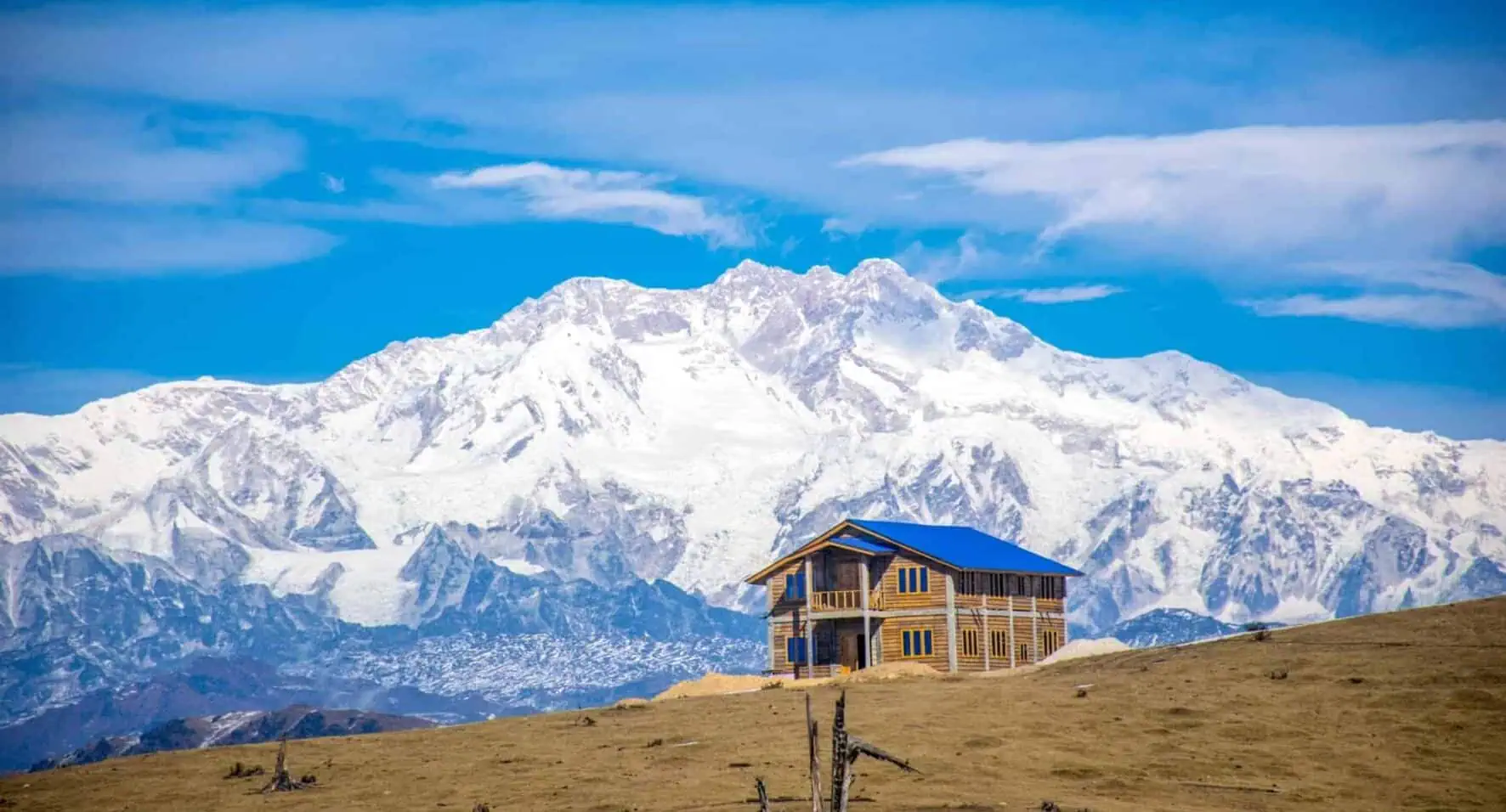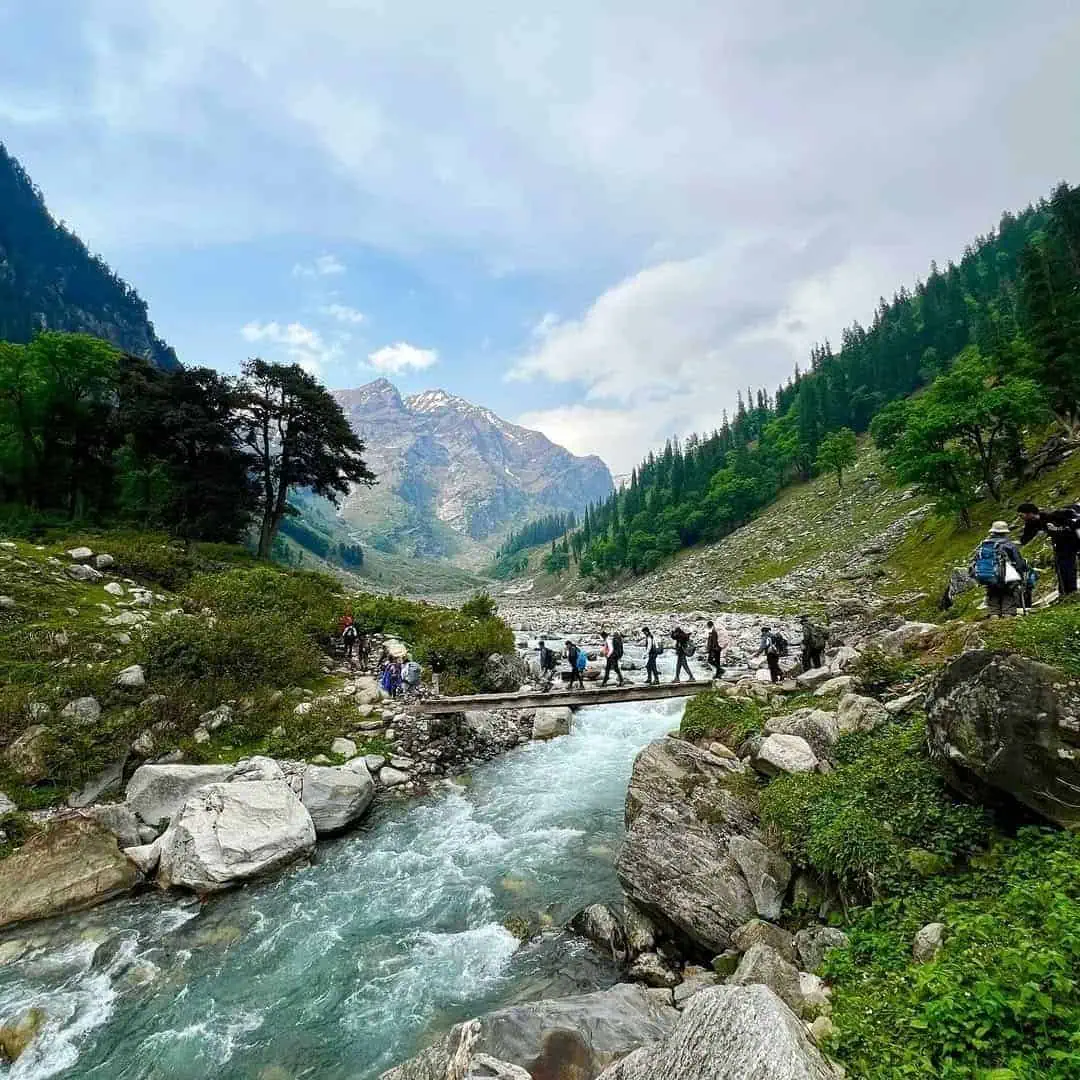Headlamp Hacks for Trekking: Red Light & Battery Tips
Headlamps provide hands-free lighting during evening treks and setting up camp in the dark. However, with proper use, a good headlamp can become much more useful, from protecting night vision with bright red lighting to increasing battery life and life expectancy. Here are some key considerations every trekker should take note of for their headlamp usage.
Red Light Mode
Protect Night Vision & Prevent Bugs: The majority of modern headlamps include a red light feature to preserve night vision and avoid bugs. However, its main function is not for glaring like in sci-fi movie characters, but to preserve night vision while protecting it from bugs. This mode serves two important purposes.
Night Vision Preservation: White light can quickly overwhelm the natural night vision of your eyes; red light helps adjust them to darkness more gradually – an invaluable advantage when reading maps or navigating a campsite at night.
Stealth Mode: If you’re observing wildlife or camping with others, red lighting will be less intrusive on both humans (and wildlife).
Red light attracts far fewer insects than its white counterpart, making it an excellent choice for campsites with numerous bugs.
Battery-Saving Tricks
Battery failure mid-trek can be an enormously frustrating experience. Here are a few tricks for prolonging its life:
Lower Brightness: To get your work done efficiently and conserve battery power quickly, it is best to utilize the lowest setting. Higher modes rapidly deplete batteries.
Lock Mode: Headlamps with lock modes have an option to prevent accidental activation inside your bag.
Carrier Spares: If you plan to go on an extended trek, always carry extra batteries (or a battery bank if your headlamp supports rechargeability).
Battery Storage in Cold Weather Hack: The lifespan of batteries decreases rapidly in freezing temperatures. To maximize their life span and keep them cool for optimal performance, store them near your body.
Emergency Signaling
A headlamp could save your life in an emergency: use it to signal for help!
SOS Mode: Many headlamps feature an SOS (or Strobe) function to help call for help in an emergency. Utilize it when needed!
Mirror Trick: Using your headlamp’s beam against reflective surfaces like the compass or phone screen to improve visibility is a quick and effective way to boost it.
Multi-Purpose Uses
Tent Lantern for Campers: Hook it onto an elastic strap hook in order to add ambient lighting in your camper van or RV and provide ambient illumination.
Hands-Free Cooking: Place it on either the pot strap or backpack chest strap to illuminate your cooking space.
Reading Light: Take advantage of it to read without disturbing other readers. Point it downwards while you read, and be assured you won’t disturb other readers who may also be reading at that time.
Weatherproofing & Maintenance
An ineffective or clouded headlamp can waste your time. Keep its functionality at its peak by following these guidelines for weatherproofing and maintenance:
Anti-Fog Trick: If your lens is prone to fogging, use some toothpaste (then rinse off) to clean it in order to reduce condensation and fogging.
Waterproofing Test: When trekking through snow or rain, make sure all O-rings and seals remain in their respective places.
Conclusion
On Indian trekking trips, where the weather can shift rapidly and routes often stretch out over hours in the evening, a headlamp can be an indispensable piece of safety gear. But you can use some creative hacks to turn it into something even more useful that allows for safe travel while at the same time efficiently utilizing available lighting sources.
Share this article
Want To Trek Like Pro?
Check out the following videos if you want to trek like a pro trekker and improve your skills. These videos contain helpful tips, tricks, and techniques to help you trek like a pro. Whether you’re a beginner or an experienced trekker, these videos can provide valuable insights to enhance your trekking experience. So, watch the videos below by Trekup India experts to take your trekking skills to the next level.
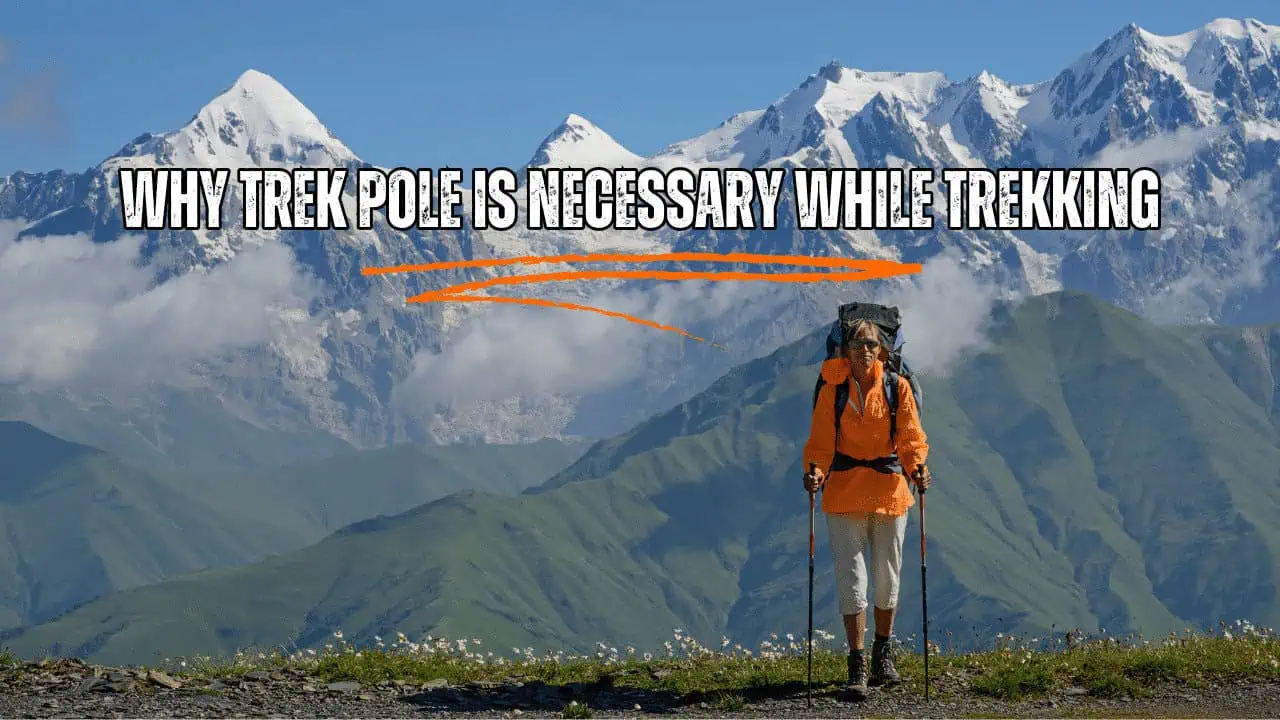
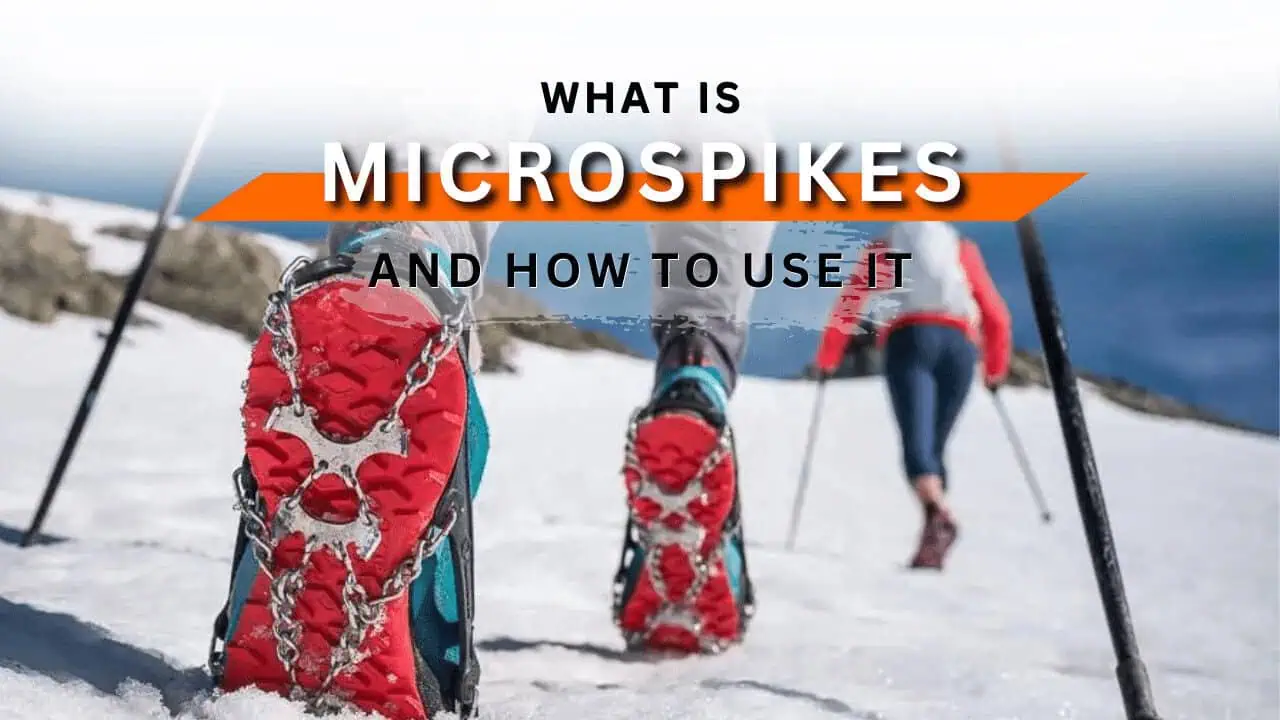





Know Everything About Acute Mountain Sickness
Acute Mountain Sickness is a medical condition that can occur when individuals travel to high altitudes, typically above 8,000 feet. It is caused by the decrease in air pressure and oxygen levels in the air as altitude increases. Symptoms of Acute Mountain Sickness may include headache, nausea, vomiting, dizziness, and difficulty sleeping. To avoid Acute Mountain Sickness, it is important to gradually adjust to high altitudes and seek medical attention if symptoms worsen. To learn more about this condition, check out the videos by Trekup India.
